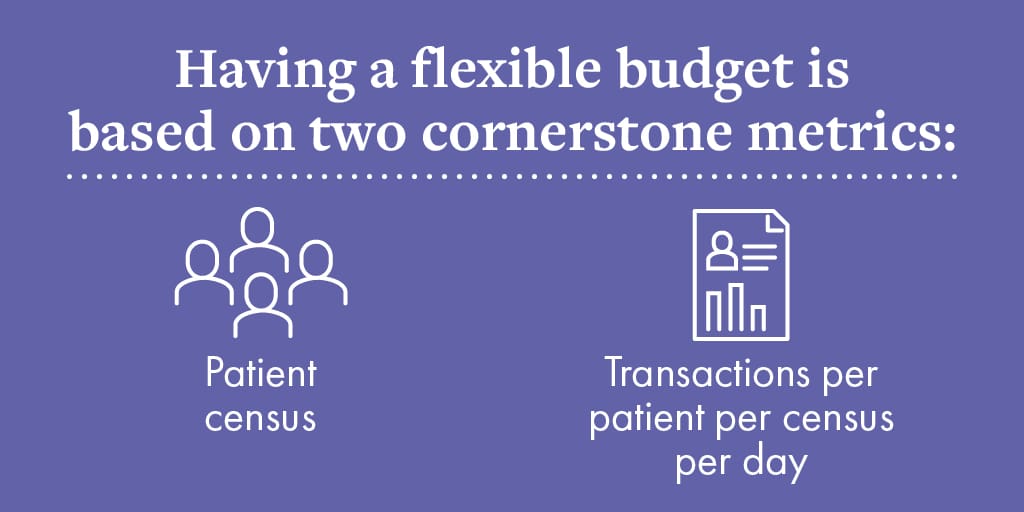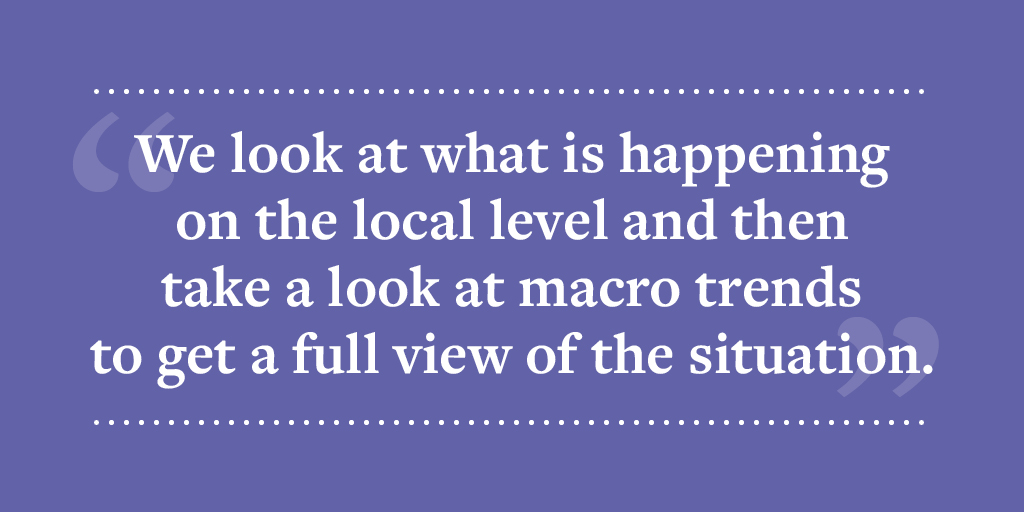3 Hospital Budgeting Tips: Lessons from COVID-19
The COVID-19 crisis has stretched many American companies to the brink. The healthcare industry has faced its own set of challenges and worked to find creative solutions that put patients first while still maintaining a positive bottom line.
At Morrison Healthcare, we are in the same boat as others in healthcare. COVID has forced us to be more creative and efficient. We’ve learned a lot about the budgeting process and how to make the most of the current situation, so we wanted to share a few tips on hospital budgeting in a crisis.
1. Flexibility
In an uncertain time, there is pressure to operate efficiently. That involves flexible productivity and staffing. When budgeting, it’s critical to have an understanding of the potential revenue and fixed costs. It can be difficult to attain flexibility in these areas, but insight and proper planning can be the difference between success and failure.
Having a flexible budget is based on two cornerstone metrics. Understanding these key metrics and building your budget around them will bring greater understanding and flexibility to your planning.

Patient census—The patient census tells you how many people you will have to serve, which dictates staffing, food purchases. Typically, it is the biggest volume dictator and indicator of retail sales. But in a crisis, you have to look at this metric differently. Due to COVID, retail sales do not align perfectly with patient census because we are seeing fewer visitors. Plan accordingly.
Transactions per patient per census day—This metric is something that has changed drastically during COVID, and it is more important than ever. By knowing how many transactions are happening in relation to the number of patients, you can get a better sense of how much revenue to expect. Compare this number with pre-COVID data to get a sense of where you are and where you can be.
In finance, it is important to manage expectations from the leadership team so they understand the reality of the situation and that your budget may need to flex as the situation changes.
2. Be conservative when planning your hospital budget
Don’t be aggressive. What you planned pre-COVID is no longer relevant. As they often are, historical trends won’t be useful in a budgeting process because it’s impossible to predict what will happen from a volume standpoint. That means growth projections are out the window. You will likely have a very small sample size to make projections and identify trends. As a result, hospitals must focus on a conservative model for volume recovery to eliminate the danger of overpromising and underdelivering.
In truth, volumes may not return for some time, so it may be better to focus on driving efficiency during lean growth times. These efficiencies can be carried forward when volumes return for even greater savings.
Be conservative, not optimistic.
3. Evaluate Healthcare Industry Trends
It’s important to take a hard look at the trends within the industry. That means understanding what is happening in your facility and beyond. Local data doesn’t give the full picture. Trends and changes may hit other parts of the country first. That means a holistic view of trends can lead to better budgeting.
Morrison Healthcare has invested heavily in data. We look at what is happening on the local level and then take a look at macro trends to get a full view of the situation. That has allowed us to better predict changes for our clients and instill a more efficient budgeting process.

Keep in mind that during a crisis, trends change quickly. Most budgeting processes last at least a month. In a fast-paced environment, that means trends that were in place when you started the budget process may not be relevant. Constantly evaluate trends to make sure your budget is still applicable, and your organization is at the forefront of the industry.
Budgeting is always a difficult process as you bring together different departments and stakeholders, but it is even more challenging in a crisis. By remaining flexible, employing a conservative outlook, and continually evaluating trends, your facility will be better positioned to weather a crisis and have a hospital budget that remains relevant and accurate for the entire fiscal year.

